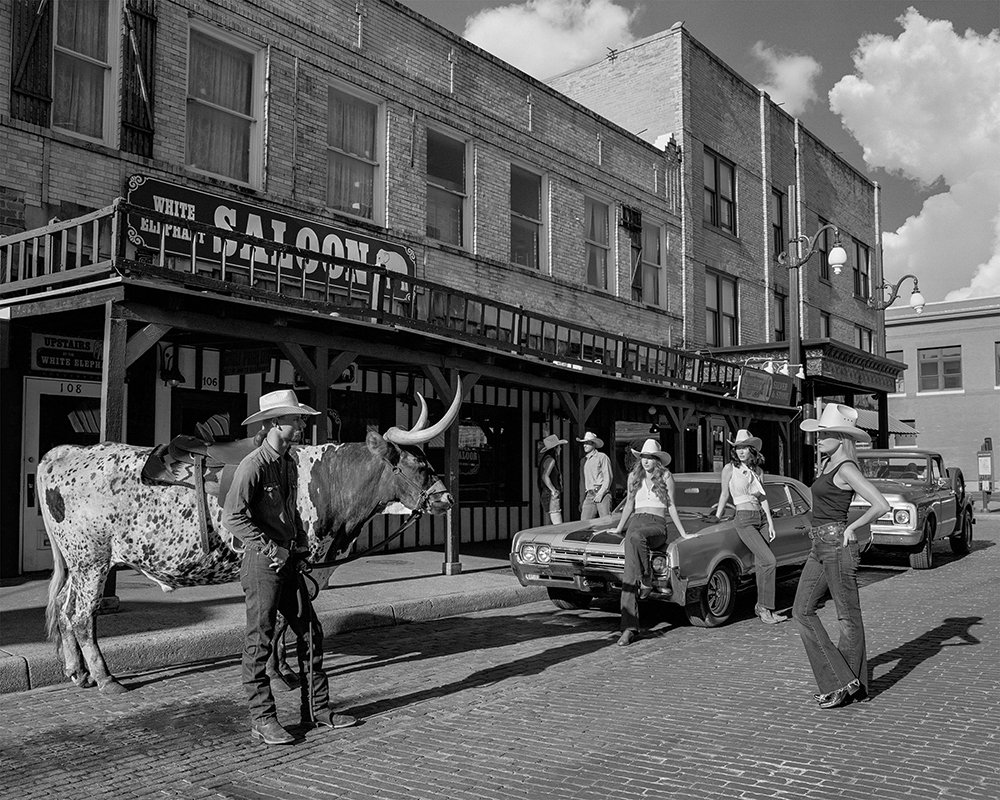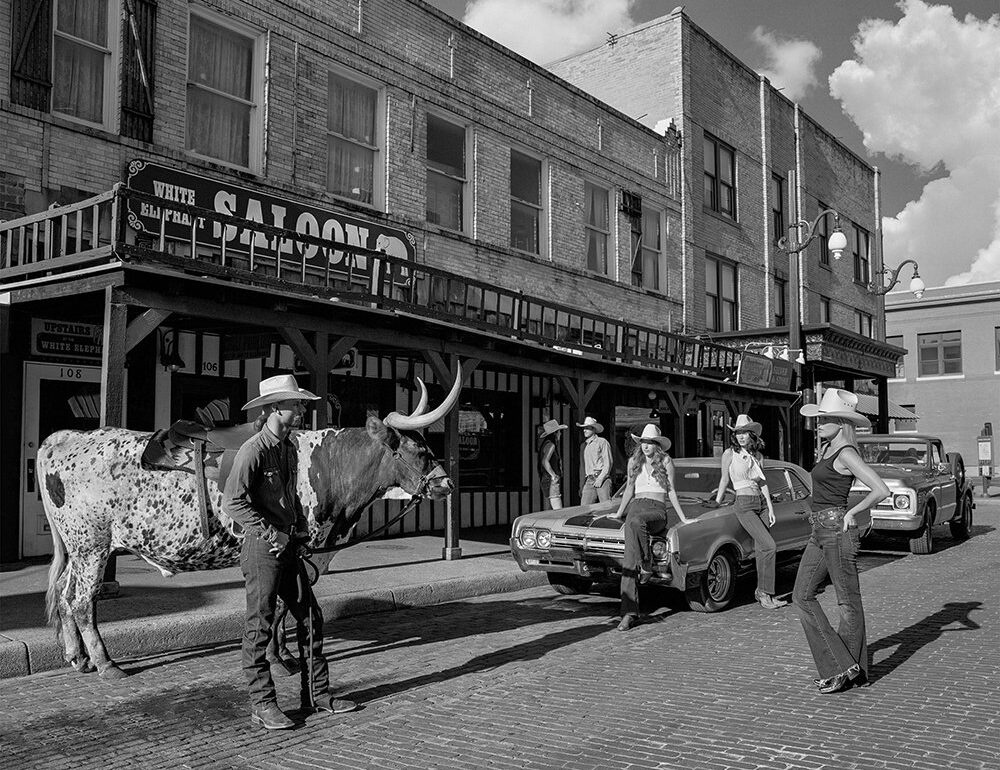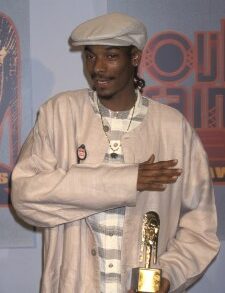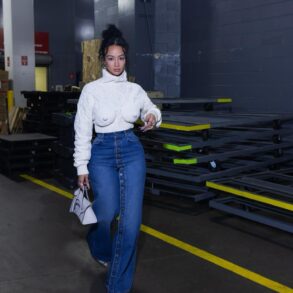
It’s not often we get to write an article that mentions Fort Worth as the centerpiece for an upcoming art show in Dallas, but that’s exactly what this piece is about.
Well, sort of.
Yes, it’s true that a photograph taken at the legendary Stockyards is one of a dozen that will be on display at the Markowicz Fine Art Gallery in Dallas on November 16 at 6 p.m. for the exhibition titled “Reflections of the West.” What’s also true is this photo is one of many that longtime western lifestyle photographer Beau Simmons took for this upcoming show. These images capture what Simmons refers to as a “forgotten way of life.” Or what we call a normal Tuesday in Fort Worth, filled with cowboy hats and western motifs — 70s style excluded.
And although Simmons got his start as a fashion photographer, he’s really a modern-day Ansel Adams. But instead of capturing landscapes, he’s been busy capturing western images, from any ranch he can get into.
Back when it all began, Simmons made a name for himself as a go-to fashion photographer at the young age of 21 when he first started shooting professionally in 2009. Simmons has worked for such names as Marc Jacobs, Guess Jeans, Free People, and Converse. He’s also worked for such fashion agencies as Elite Models, IMG, and Ford Models.
“It taught me the fundamentals of photography like lighting the studio, finding the proper time of day to shoot on location, and it taught me how to get comfortable with photographing people,” Simmons says in regard to his start in photography.
“There’s a lot of value that I learned from it,” he says. “It just came to a point to where I wasn’t really gaining much, from it. [The job] paid well and I got to work with some of the biggest clients in the industry, but I just wasn’t really happy, and I knew I wanted to find like my purpose, and I wanted to find a subject matter that had some storytelling that would actually help others.”
Enter his idea to trade the glitz and glam shoots for some mud and crud shoots instead.
“I didn’t grow up a cowboy at all,” Simmons admits. “I’ve been photographing ranchers for about six years now and I would say the first-year I kind of started, I was just a little intimidated. I didn’t want to get in the way.”
Simmons says he started building his portfolio, shooting images on smaller ranches until he could work his way up to the big ones like the King Ranch or the Four Sixes, all of which he’s photographed. He also began inching his way into the saddle, a style choice at first that turned into a necessity.
“A lot of these places when they would give me permission, they would say, ‘you can come out and take photos, but you’re gonna have to get on a horseback because we’re gonna ride 15 miles today,’” he says. “So, I kind of got thrown into it.”
Over the years, Simmons says he’s been bucked off several times. However, he knows sustaining injuries while cowboying is the name of the game. Another aspect that allowed Simmons to move freely as a cowboy was overcoming his fear of riding an animal he knew nothing about. Now, Simmons can ride a horse with the best of them.
“Typically, now, how it works is every time I get access to a ranch, I’m maybe only photographing 30% of the time and the rest of the time I’m helping them work,” he says. “I do everything from helping with branding plans to gathering cattle.”
But with only a few years under his belt in the field of cowboying, Simmons says he learns something new every time he shoots.
“I get people that say, ‘oh you’re a cowboy now,’ and I’m like, ‘I’m not a cowboy and I never will be,’” he says. “I believe that that term belongs to those men and women that really truly deserve it; that do it every single day.”
He might not be a cowboy by Fort Worth’s standards, however, Simmons considers himself a horseman who knows how to work a camera; a film camera for all of you photography nerds. That’s right folks, Simmons goes old school when he hits the shutter. In fact, going old school was kind of his thought process for the images he took for his upcoming art show. This and Simmons hasn’t taken a digital photo in ten years.
“I shoot exclusively on medium and large format film,” he says. “Right now, I’m using a Mamiya RZ67, and I’ve got a Pentax 67, and then I’ve used like the Toyo Field camera, the four by five. So, those are kind of three cameras that I’ve really used as far as my career in the past 10 years.”
It was one of these cameras that captured the image of our city’s very own White Elephant Saloon on Exchange Ave.
“After being connected to the owners and management, I knew I wanted to create an artwork that showcased what a typical day in the 70s would look like in the front of the saloon,” he explains.
To recreate the look of the 70s for this piece, Simmons says he got his hands on a classic car and truck to stage along the curb and even hired a local cowboy who brought a longhorn with him to use on the set, which created a fun concept. After these connections were set in place, Simons hired two of his friends, both of whom are full-time ranchers and rodeo athletes, to stand in the background by the front door. Next, Simmons says he was fortunate enough to not only use models in the foreground but also include one of the daughters of American Hat who helped with outsourcing and shaping all of the cowboy hats to fit the 70s era. Lastly, he was able to tie the whole shoot together with vintage outfits from a local store called Studio 74.
“It was a big production and we only had the street to ourselves for thirty minutes,” he says. “I worked as quickly as possible with styling everyone, setting up the vehicles, and waiting for the longhorn to be placed in the perfect spot. Once everything came together, we were able to capture this photo along with a whole sidewalk full of people taking photos on their phones. “
According to Simmons, his latest exhibit focuses on ranch life or western styles from the 1970s with bits of Americana mixed in.
“This show is going to have about twelve new artworks that I’ve been working on for the past three years,” he says. Besides the art, Simmons says he will also have some live music from a local country singer as well as a whiskey tasting. The finale will consist of the unveiling of a full-length documentary that chronicles Simmons journey as a photog over the past six months.
“I think the more that you can document a story that’s going to help better somebody else’s life, or it’s going to, highlight or spotlight a certain group of people or a certain subject matter … I think that’s when you find success,” Simmons says.
This post was originally published on this site be sure to check out more of their content.








